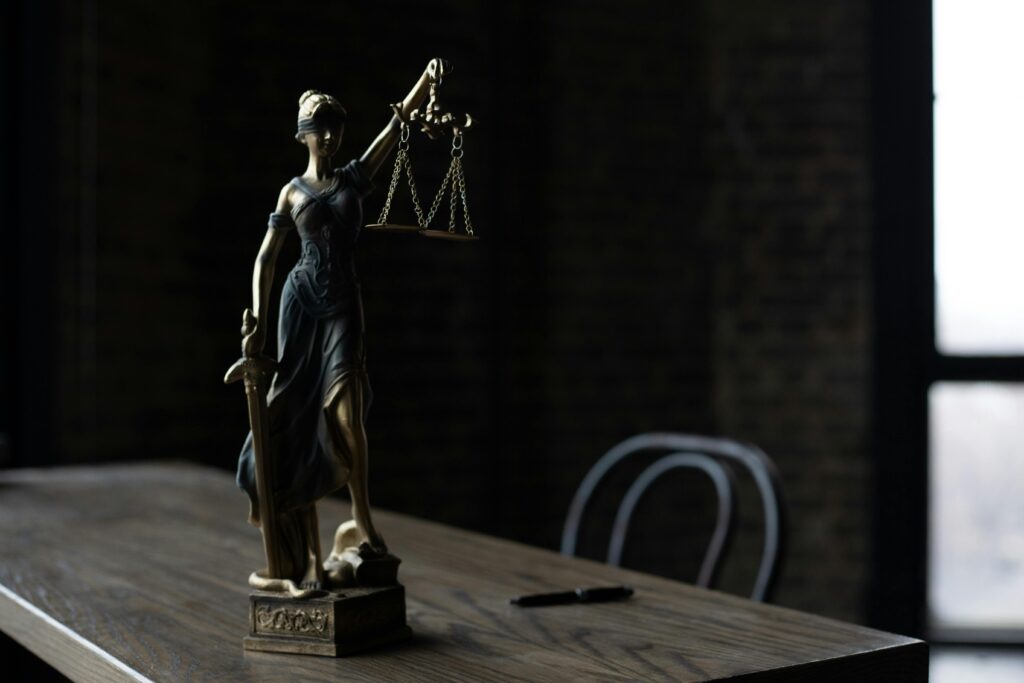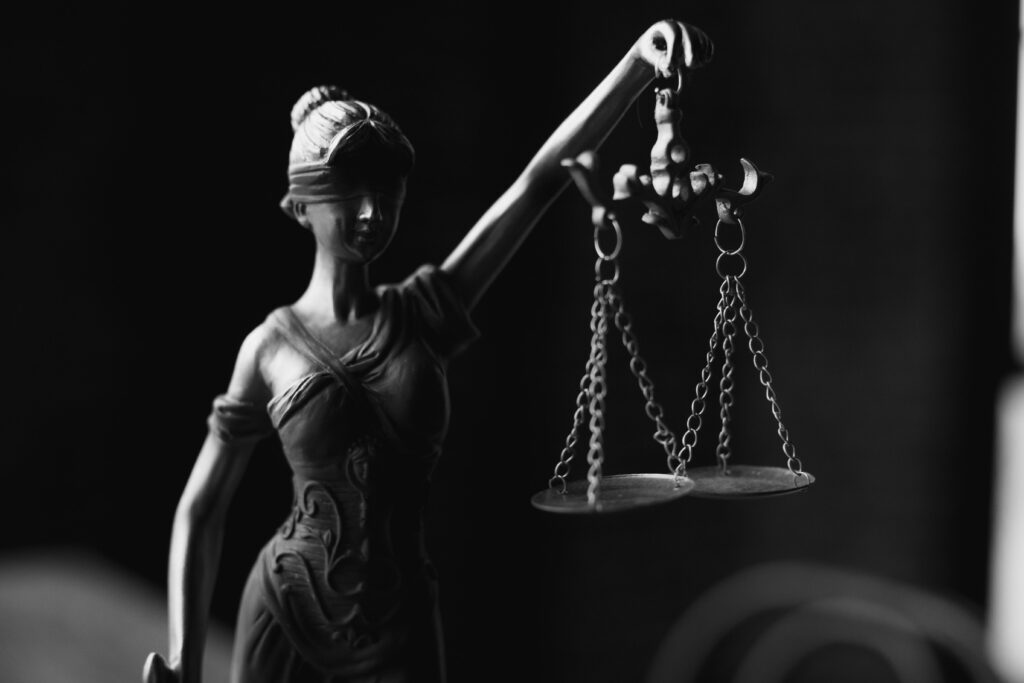Published on: 24th November 2025
Authored by: Kabhilakshya D V
Government Law College, Madurai
- Citation: (2014) 5 SCC 438; AIR 2014 SC 1863
- Court: Supreme Court of India
- Bench: K.S. Radhakrishnan and A.K. Sikri, JJ
- Date of Judgment: April 15, 2014
- Relevant Statutes/Provisions:
- Article 14, 15,16,19(1)(a), and 21 of the Constitution of India
- Section 2(h) of the Protection of Human Rights Act, 1993
- Universal Declaration of Human Rights (UDHR)
- International Covenant on Civil and Political Rights (ICCPR)
- Yogyakarta Principles
-
Brief facts
The National Legal Services Authority (NALSA), a government body that helps people get free legal aid, filed a case in the Supreme Court of India to protect the rights of transgender persons. NALSA asked the Court to recognize transgender people legally and to make sure their constitutional rights are respected.
Along with NALSA, others also joined the case. Laxmi Narayan Tripathi, a well-known transgender activist, and an organization called Poojaya Mata Nasib Kaur Ji Women Welfare Society also filed petitions. They all wanted the Court to recognize a third gender, instead of forcing everyone to choose only “male” or “female” in official documents.
They argued that the binary system of gender (only male/female) does not include transgender persons and this denies them dignity and equal rights. They asked the Court to allow people to identify their own gender without needing any medical or surgical treatment.
-
Issues Involved
Whether denying legal recognition to the gender identity of transgender persons amounts to a violation of their fundamental rights under Articles 14, 15, 16, 19, and 21 of the Constitution?
-
Argument by petitioner
The National Legal Services Authority (NALSA) told the Court that transgender people in India still face disrespect, unfair treatment, and exclusion from important parts of life—like getting an education, finding jobs, accessing healthcare, or even finding a place to live. They explained that Indian law does not officially recognize transgender persons, which leaves them feeling invisible and unprotected. The system only allows for “male” or “female,” ignoring the fact that not everyone fits into these two boxes.
Because of this, transgender people are often denied their basic rights, and treated as if they don’t belong. NALSA said this is not just unfair—it goes against the Constitution, which promises everyone equality, dignity, and freedom from discrimination. They asked the Supreme Court to recognize transgender people as a “third gender” and to make sure they get the same rights and respect as anyone else. They also urged the government to take real action to support them.
-
Argument by respondent
The Union of India, in its response, said that the Indian Constitution already provides equal rights to all citizens, including transgender people. So, in their view, there was no need to create a separate legal category like a “third gender.” The government argued that the existing male and female categories were important for the country’s administrative system, and introducing another category might cause confusion or practical difficulties in implementation.
They also said that because the transgender population is relatively small, giving them a new legal status might not be necessary. According to the government, some steps had already been taken to support the community, such as reservations in jobs and education, and any additional measures should be made gradually, after proper study and public consultation.
The government further claimed that it was not practical or essential to include a third gender in official records. Instead, transgender persons could continue identifying as either male or female, based on their preference. They believed that this approach would still allow transgender individuals to access their rights without needing a new gender category. The court in its landmark judgement relied on various judgements from foreign courts like New Zealand, Australia, Malaysia, Pakistan, and England.
10. Judgement
The Supreme Court of India delivered a historic and progressive judgment that firmly upheld the rights and dignity of transgender persons. The Court made a clear distinction between biological sex (assigned at birth based on physical characteristics) and psychological sex (a person’s internal understanding and identity of their own gender). It emphasized that gender identity should not be determined by physical features, but rather by how a person feels and identifies psychologically. This marked a major step in recognising and respecting the self-identified gender of individuals.
The Court ruled that transgender persons are fully protected under the Indian Constitution, just like any other citizen. It noted that Article 14, which ensures the right to equality before the law, applies to all persons—this includes men, women, and transgender people. Therefore, they must receive equal protection of the law in all aspects of life, including employment, education, healthcare, and civil rights.
The Court also said that discrimination based on gender identity or sexual orientation violates the equality guaranteed by Article 14. Moreover, under Article 19(1)(a), transgender persons have the freedom of expression, which means they have the right to express themselves through their dress, speech, appearance, and behaviour without fear or restriction. Additionally, Article 21, which guarantees the right to life and personal liberty, includes the right to live with dignity, safety, and self-respect, and this must apply equally to transgender individuals.
Importantly, the Court recognized international human rights principles, especially the Yogyakarta Principles, which outline the rights of individuals in relation to sexual orientation and gender identity. The Court stated that these principles must be followed in India as long as they are consistent with the fundamental rights in Part III of the Constitution.
The judgment made it clear that both the Central and State governments have a duty to give legal recognition to transgender persons as a “third gender”, especially Hijras and Eunuchs who do not identify as male or female. This recognition is vital for allowing them access to public services like education and healthcare without facing discrimination.
In addition to legal recognition, the Court issued several important directions to the government:
- Establish separate HIV treatment centres (Zero-Surveillance Centres) for transgender persons.
- Provide separate public toilets and ensure appropriate sanitation facilities.
- Offer proper medical care and gender-affirming healthcare services in hospitals.
- Frame social welfare schemes, including reservations in education and jobs, for transgender people to uplift their socio-economic status.
- Conduct public awareness campaigns to reduce stigma and promote inclusion.




